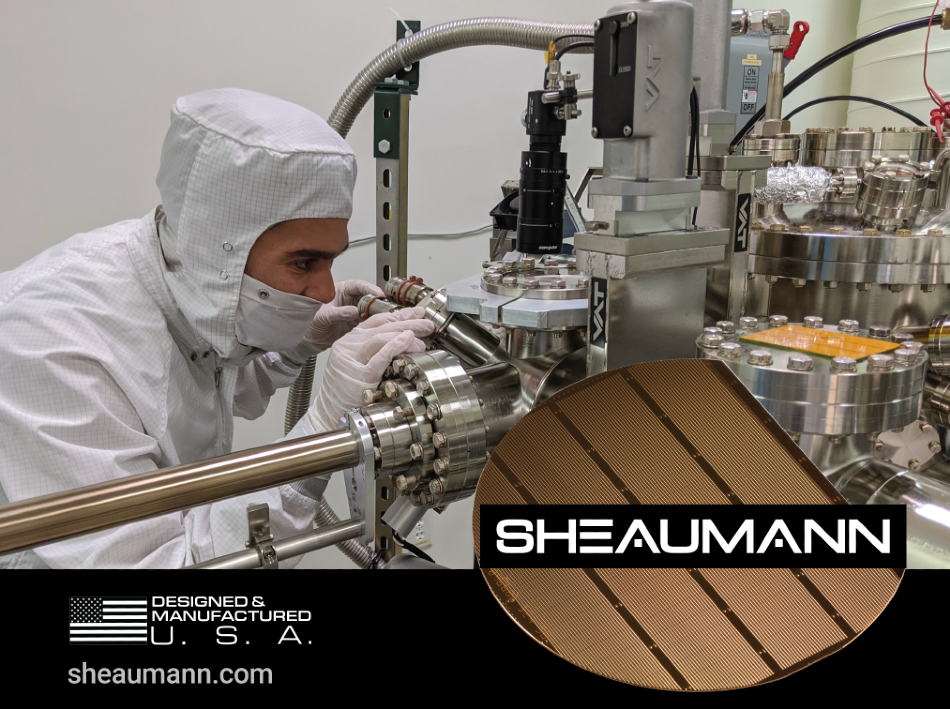
Image credit: Sheaumann Laser Inc.
Facet passivation is an essential process in laser diode manufacturing, responsible for ensuring that diodes are reliable. This method involves treating the facet ends of a laser in order to avoid extreme heating during operation, thus avoiding potential damage to or even destruction of the laser.
Facet passivation requires the use of specialized precision machinery because it is imperative that the process takes place under exceptionally strict environmental conditions.
One of the most longstanding and effective facet passivation methods – the “E2” process - was developed in the 90s by IBM Laser Enterprise in Zurich. This approach involves the facet being coated with a thin layer of silicon immediately following cleaving or separation from an adjacent facet.
This process takes place in a special chamber at very cold temperatures and under ultra-high vacuum in order to prevent contamination. To properly achieve these conditions, a molecular beam epitaxy (MBE) machine with several vacuum pumps and liquid nitrogen is necessary. Special tools are also needed to properly handle the lasers and deposit the coating.
Lasers passivated with the E2 process are used to amplify voice and data signals over fiber-optic cable, including about half of the world’s internet.
Approximately 50,000 of these lasers were installed in underseas, transcontinental cables in the 1990s, and, because it is so difficult to access and service them, these lasers must be reliable for at least 30 years.
More than a million lasers were also installed in terrestrial cables around that time, with accumulated field data showing these E2-passivated lasers to be among the most reliable and robust ever manufactured. Many of these lasers were produced by Lasertron - a small US-based company.
Sheaumann Laser employs the E2 passivation process in all of its single-mode diodes, and its multimode diodes of 1 W or higher. Sheaumann’s owners also owned Lasertron in the 1990s, with a number of Sheaumann’s staff formerly working at Lasertron. The same staff was involved with the E2 technology transfer from IBM during their time there.
The facet passivation process employed by Sheaumann is built upon extensive experience and rich history. Because of this, Sheaumann’s customers are afforded marketplace advantage thanks to the improved reliability of their own products.
Acknowledgments
Produced from materials originally authored by Frank Hsieh, Vice President of Sheaumann Laser, Inc.

This information has been sourced, reviewed and adapted from materials provided by Sheaumann Laser, Inc.
For more information on this source, please visit Sheaumann Laser, Inc.